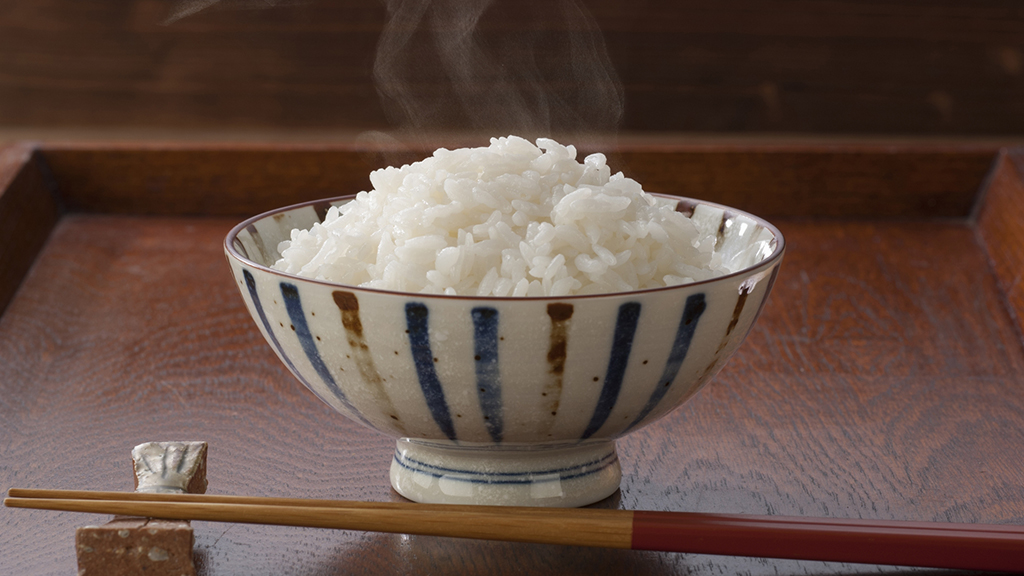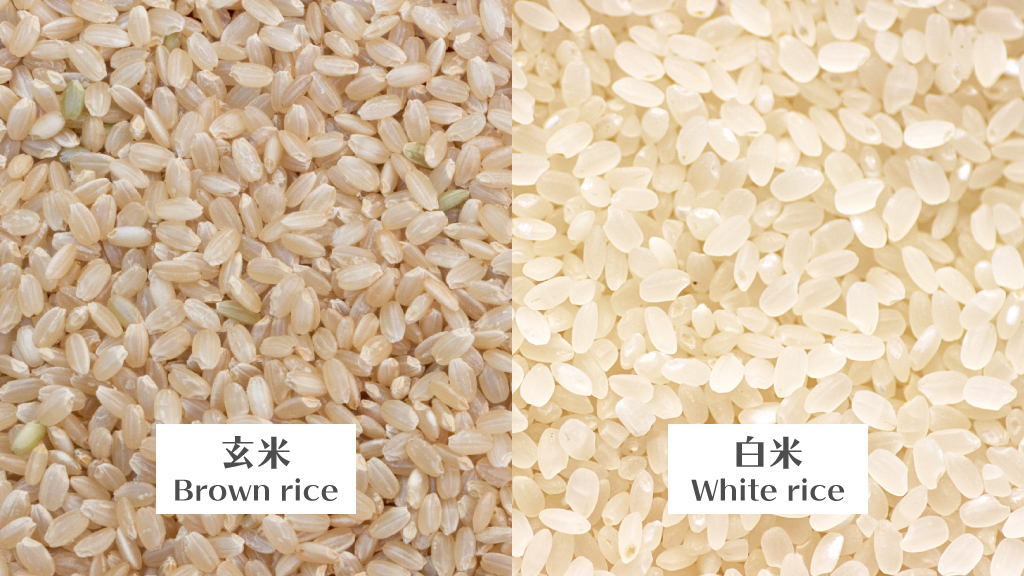Rice Selection and Method of Cooking! Tips for Delicious Rice

This post is also available in 日本語
Rice is the staple food for Japanese people. Human beings cannot digest uncooked rice. Basically, it is eaten as cooked “Gohan” (cooked rice). This can be boiled, steamed, fried, or baked. On this occasion, I will introduce you to how to cook delicious cooked rice.
Contents
It is possible to buy “Shinmai” (new rice) harvested of the year from September every year
There is a wide variety of types of rice in the world, but the Japonica type, which is short-grained and roundish, is often eaten in Japan. There are more than 200 types produced for eating in Japan, and each type has different characteristics.
When it comes around to September every year, we start to see “Shinmai (the new rice harvested that year)” in stores. “Shinmai taster sets” are also sold, so you can use this to find the type of rice you like the most. (Read this together with “A Comparison of Types of Rice in Japan”)
Method of purchasing and choosing rice

If you take the skin from the harvested rice, this is called “Genmai” (brown rice). If you then remove the rice bran and germ from the “Genmai”, this is called “Seimai” (refined rice). When brown rice is refined, this produces “Hakumai” (white rice). “Genmai” is more nutritious, but it is hard, it’s better to choose white rice in the beginning.
As the bran remains on the surface of the white rice, it is necessary to wash the rice before cooking it. Recently, rice with virtually all the bran removed, called “Musenmai” (pre-washed rice) is available for purchase.
Freshness
“Shinmai” is white and glossy, with a strong stickiness and sweet fragrance. Additionally, rice loses its taste as time passes after refining. Choose rice with a more recent refinement date.
Quantity
It’s better to limit the amount you purchase at one time to the amount that you will be able to eat within 2-3 weeks. You can calculate this as 1kg of un-cooked rice equaling about 16 rice bowls of cooked rice.
How to cook rice
- Measure the rice
Measure the amount of rice you wish to cook and pour it in the bowl.
Rice uses units of capacity called “Go”. “One level cup full” of the measuring cup for rice that comes with the rice cooker is equivalent to one “Go”. One “Go” of rice is equivalent to approximately two rice bowls of cooked rice. Note that contrary to an ordinary measuring cup, the measuring cup for rice is 180ml. - Promptly wash off the bran and dirt from the surface
Rinse the rice well, and dispose of the water right away. Repeat this twice.
Rice is dry, so when it first touches the water it absorbs the most water. If you take too long washing it, the bran and dirt that you have washed off will be re-absorbed into the rice, so be careful. - Wash the rice (do not wash in case of “Musenmai”)
Wash the rice with just a small amount of water remaining. Stir approximately 20 times with your hand cupped as if you were gripping an egg. Add plenty of water and gently rinse. When there is no more water, add water and gently rinse again. - Soak in water.
Leave the rice at least 30 minutes to let the rice soak up the water before cooking, the rice will come out nice and fluffy. In summer, leave the rice at 30 minutes, and for 1-2 hours in winter. Once rice includes moisture and becomes white, remove the water and move the rice to the pot or inner container within the rice cooker. - Add water
Add 200ml of water for every “Go” of uncooked rice. When using a rice cooker, you can use the reference marks on the inside container. Use a little more water for “Musenmai”, and a little less water for “Shinmai”. - Cook & Steam
When using a rice cooker, turn on the “cook rice” switch.
When using a pan, close the lid and use a medium heat. Once it has boiled, cook for 10-15 minutes at a low heat. After you turn off the heat, leave to steam, as is, for 10-15 minutes. - Cook off the excess liquid
After it steams, open the lid immediately. Take the “Shamoji” (rice spoon) and gently scoop the rice as if you were turning over the rice from the bottom of the container. The surplus water is removed, leaving a gloss and elasticity.
Store any left-over rice in the freezer
If you keep it warm for long periods, the rice will turn yellow, emit an odor, and dry out. If you have any rice left over, wrap up one meal’s worth each using wrapping plastic while it is still warm. If you place it in the freezer after it has cooled, you can store it for approximately 1 month. You can eat the rice again after warming it up in the microwave oven for 2 minutes.
- If You Want to Improve Your Sleep Quality, You Should Change Your Pajamas! 3 Recommended Pajamas
- Conveniently 2-Way! This Product Is Useful in Both Summer and Winter.
- Easily Exercise at Home! Fashionable Design Lifts You!
- Fold Up Quickly! It’s a Handy Reusable Bag When You Go Shopping!
- If You Wonder What Should Give a Gift, This Is the Best Choice! Cool Packaged Handkerchiefs!









